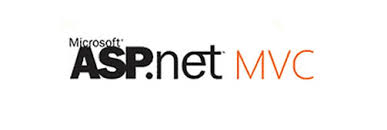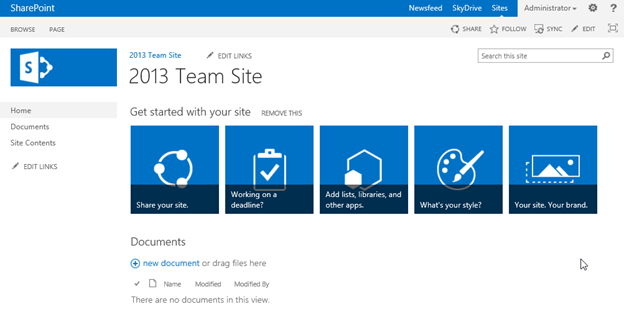High demand for Client-Side Technologies
by Oguz Alpoge
April 30, 2014
Initially at the beginning of the PC revolution, we had to install all software on personal computers. Later during the 1990s it became popular to design systems and software around the concepts of "client-server" and later of "Thin Client".
From Wikipedia: "http://en.wikipedia.org/wiki/Thin_client"
"The term thin client was coined in 1993 by Tim Negris, VP of Server Marketing at Oracle Corp., while working with company founder Larry Ellison on the launch of Oracle 7. At the time, Oracle wished to differentiate their server oriented software from Microsoft's desktop oriented products. Ellison subsequently popularized Negris's buzzword with frequent use in his speeches and interviews about Oracle products.
The term stuck for several reasons. The earlier term "graphical terminal" had been chosen to distinguish such terminals from text-based terminals, and thus put the emphasis heavily on graphics - which became obsolete as a distinguishing characteristic in the 1990s as text-only physical terminals themselves became obsolete, and text-only computer systems (a few of which existed in the 1980s) were no longer manufactured.
The term "thin client" also conveys better what was then viewed as the fundamental difference: thin clients can be designed with less expensive hardware, because they have reduced computational workloads."
Web browsers replaced much of the functions of the locally installed software. Web servers like IIS or Apache were designed to respond to browser requests and render the entire page any time the end-user wanted to change something on the page. Thus traffic on the Internet became unnecessarily and extremely high because of billions of computers and hand-held devices trying to search or shop. A solution was found with the AJAX technology which would allow partial update to only a small area of the screen instead of updating the entire screen.
Later, developers wanted to make the browser more independent from the server and started retrieving only data instead of rendering the HTML page from the server. In the meantime the cost of memory and coprocessor hardware was reduced sharply. On one hand, the typical server resources moved to the cloud and servers started delivering plain data through web services like SOAP and REST instead rendered pages. On the other hand, thanks to standardization of HTML5, rendering, animation and interactivity of user-facing web page content became easier and faster with the capabilities of the native JavaScript language in web browsers like IE, FireFox, Chrome and Safari. Web browser plug-ins like Java VM, Silverlight, Flash (which were to be downloaded) became less practical. HTML5 is now capable of animations and video presentations.
It is amazing to see how much corporate demand there is now for technologies like two-way data-binding and MVC (model-view-controller) within the browser with frameworks like AngularJS and EmberJS and libraries like KnockOutJS. Hiring managers and head-hunters are now looking for talent with such experience.
Thus we have come around in a big circle. It will be extremely interesting to see what the coming decades will bring to our homes and offices.









